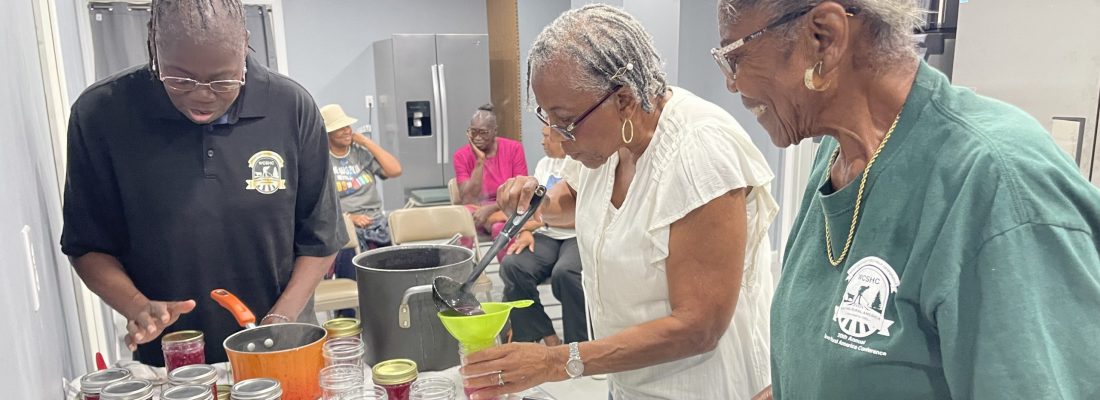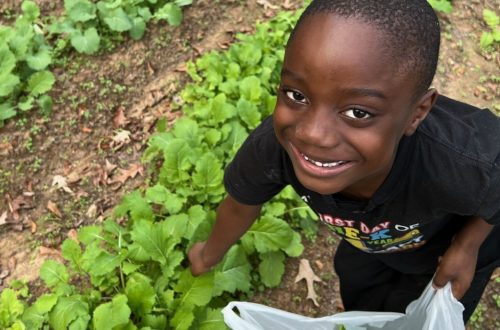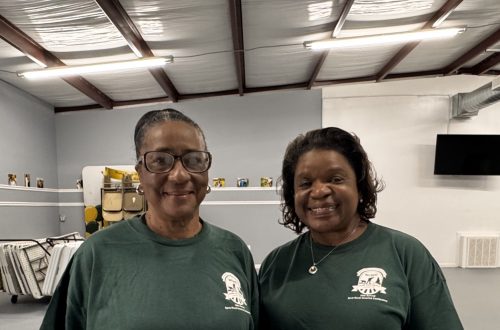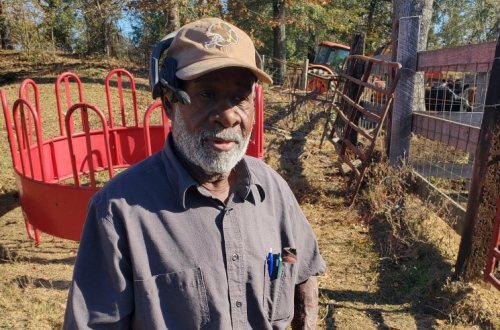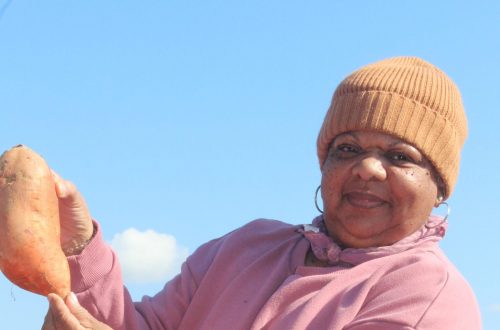The morning of August 21, 2025, at 10:00 AM, the Winston County Self Help Cooperative team gathered once again at the campus, in the heart of “Mayla’s Kitchen,” to make muscadine jelly.
The WCSHC is grateful to Mr. Richard Carter of Shubuta, MS, for donating the muscadines from his family farm. Our team lead, Mr. Frank Taylor, has known Mr. Carter for over four decades, making this collaboration a meaningful continuation of longstanding community ties.
Ms. Rosie Harris, our produce preservation expert, began preparing the night before, carefully juicing the fresh muscadines so everything would be ready to cook today. Her process is simple and full of care, just like all good jams and jellies.
To extract the juice, Ms. Rosie placed the muscadines in a large pot with 2 cups of water and brought them to a boil. After about 20 minutes of simmering and mashing with a potato masher to release the fruit’s juices, she strained the mixture through a sieve into a large bowl to collect the rich, flavorful liquid.
With the juice prepared overnight, Ms. Rosie and the participants were ready to begin jelly-making. The recipe calls for:
- 5 cups of muscadine juice
- 8 cups of sugar
- 1 packet of powdered pectin
While jam and jelly recipes share similarities, their ingredients and preparation often depend on the fruit’s acidity, which determines the amount of sugar and the cooking method used.
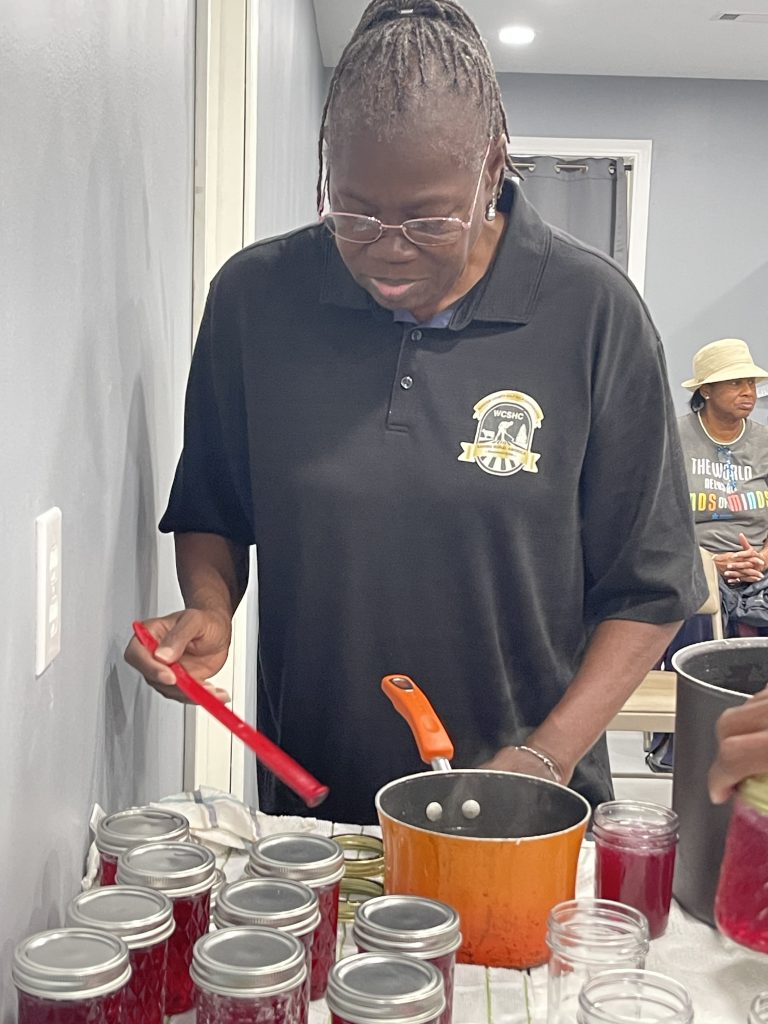
For our muscadine jelly, once the juice is ready, the powdered pectin is slowly incorporated into the liquid and brought to a rolling boil on the stove for 1 minute. After that, the sugar is added gradually, with constant stirring to ensure it fully dissolves. The mixture then returns to the stove for another 1-minute rolling boil to activate the pectin and achieve the right consistency.
After the final boil, it’s time to fill the jars. At this stage, it’s essential to follow safe canning practices. A key rule of thumb: always sterilize your jars and lids before use by boiling them for 10–15 minutes. This step ensures your jelly stays safe and is free from contamination.
Once the jars are filled, they are placed back into boiling water for 5 minutes to seal and to prevent botulism.
Ms. DeBerne asked, “Who is going to make the biscuits?” Ms. Rosie stated, “Ms. Jean Harper used to be my biscuit maker.” We truly miss Ms. Harper, and we need to designate another biscuit maker.
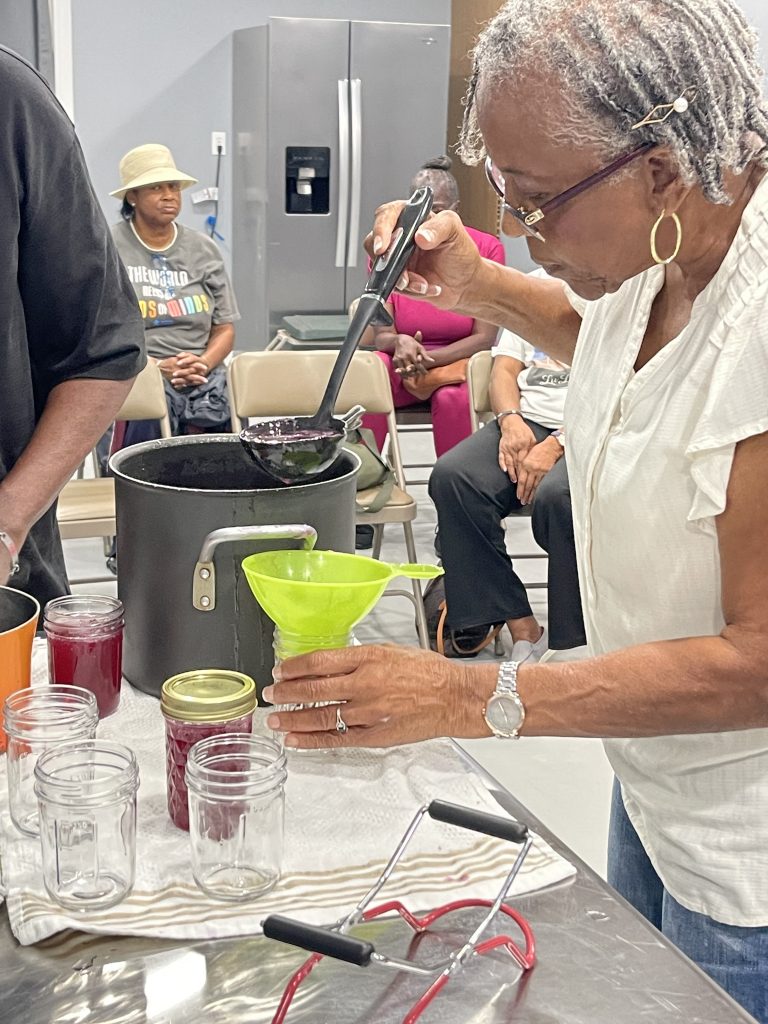
Ms. Rosie and the participants made two batches of muscadine jelly. The final result was a beautiful, purple wine color, and it was as delicious as it looked.
